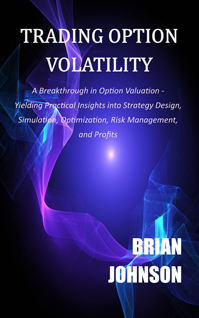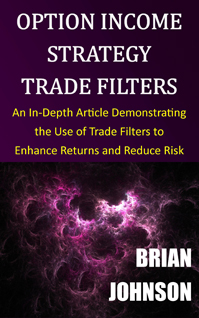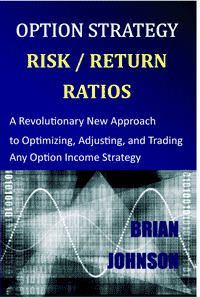Categories
Archives
AI Volatility Edge E-Subscription
OIS Universal Filter E-Subscription
Brian Johnson’s Books
Trader Edge Affiliates
Recent Posts
Recent Comments
- Brian Johnson on Trading Option Volatility Featured in Stocks & Commodities Magazine
- John C on Recession Model Forecast: 10-1-2022
- Recession Model Forecast: 10-1-2022 | Trader Edge on New AI Volatility Edge Platform
- Steve Ginn on Trading Option Volatility Featured in Stocks & Commodities Magazine
- John C on Recession Model Forecast: 03-01-2022
Author’s LinkedIn Profile
Affiliates
Resources
Blogroll
- Abnormal Returns
- Algo Dude
- Chart Swing Trader
- CSS Analytics
- Don't Fear The Bear
- DShort.Com
- Dynamic Hedge
- FactorWave
- Intelligent Trading
- MarketSci Blog
- My Simple Quant
- Nightly Patterns
- NovelInvestor.com
- NYC Trader
- Only VIX
- Option Pit
- Quantifiable Edges
- Quantivity
- Quantocracy
- QUSMA
- Six Figure Investing
- System Trader Success
- The Capital Spectator
- The Relativity Report
- Traders Blog
- Trading the Odds
- Tyler's Trading
- Vix and More
- Volatility Futures & Options
- World Beta
- Zen Trader
Meta
Disclosure
Trading Insights, LLC receives compensation for purchased made through affiliates above.Limitation of Liability
Under no circumstances, including but not limited to negligence, shall Brian Johnson and/or Trading Insights, LLC be liable to you for direct , indirect, incidental, consequential, special, punitive or exemplary damages. Please read the Disclaimer & Terms page in its entirety.
Author Archives: Brian Johnson
A Very Bad Week for the Market
I have been focusing on providing a series of in-depth, educational articles to provide a foundation for future commentary, but the economic news was so bad last week that I felt compelled to address the current market environment. The following … Continue reading
How to Draw Trendlines & Avoid Severe Losses
From the high in 2000 to the low in 2002, the NASDAQ 100 index lost 83% of its value. It has never recovered its losses. From 2008 to 2009, the S&P 500 index lost 57% of its value (peak … Continue reading
Proven Stock Screens Earn 20%+ Annual Returns
Consistently picking individual stocks that will generate excess returns is hard, but most investors make it much more difficult than necessary. There are a number of simple, fundamental stock screens that have generated historical returns of 20% to 40% per … Continue reading
Posted in Fundamental Analysis, In-Depth Article, Security Selection, Stock Investor Pro, Stock Screens, Stocks & ETFs, Zacks
Tagged Finding #1 Stocks, fundamental analysis, growth, Industry Ranking, Kevin Matras, Price momentum, security selection, SI Pro, Stock Investor Pro, Stock screens, stocks, value, Zacks Investment Research, Zacks Rank
15 Comments
Use Sector Confirmation to Improve Your Trading Results
Analyzing the technical and/or fundamental characteristics of an individual security is obviously a requirement before investing. However, very few traders go the extra mile and evaluate the characteristics of the market sector as well. Using sector confirmation can help you … Continue reading
Posted in COT Analysis, Futures, In-Depth Article, Market Commentary, Market Timing, SWAMI Charts, Trade Analysis
Tagged commitment of traders, COT, COT analysis, futures, Swami, Swami chart
4 Comments
Harness the Power of the Seasons
As traders, there are very few things we know with certainty. But there are several factors that we can forecast accurately – even years in advance: when domestic and international holidays will occur when economic data will be released when … Continue reading
Posted in Futures, In-Depth Article, Market Timing, Seasonal Tools, Stocks & ETFs, Technical Analysis
Tagged e-mini, ETFs, futures, gold, S&P 500, seasonal pattrens, seasonal tendencies, stocks
2 Comments













Use Relative Strength to Identify Market Trends
Relative strength rotational strategies have a proven track record of success, but the potential uses of relative strength extend much further than security selection. One of my favorite techniques is to use the relative strength of two different indices, futures … Continue reading →